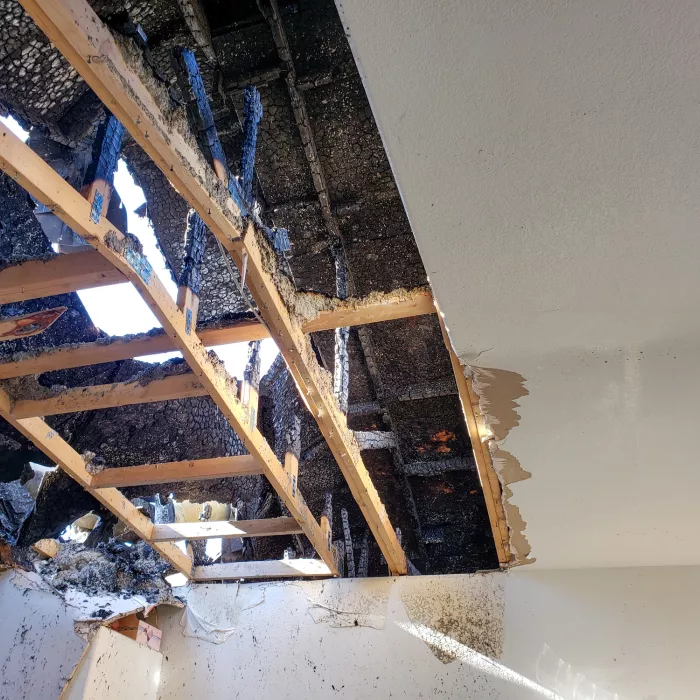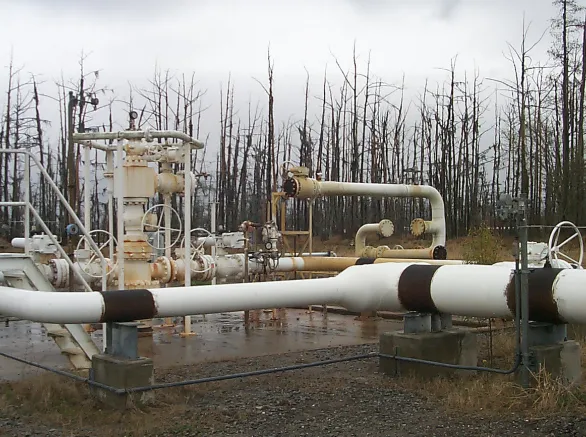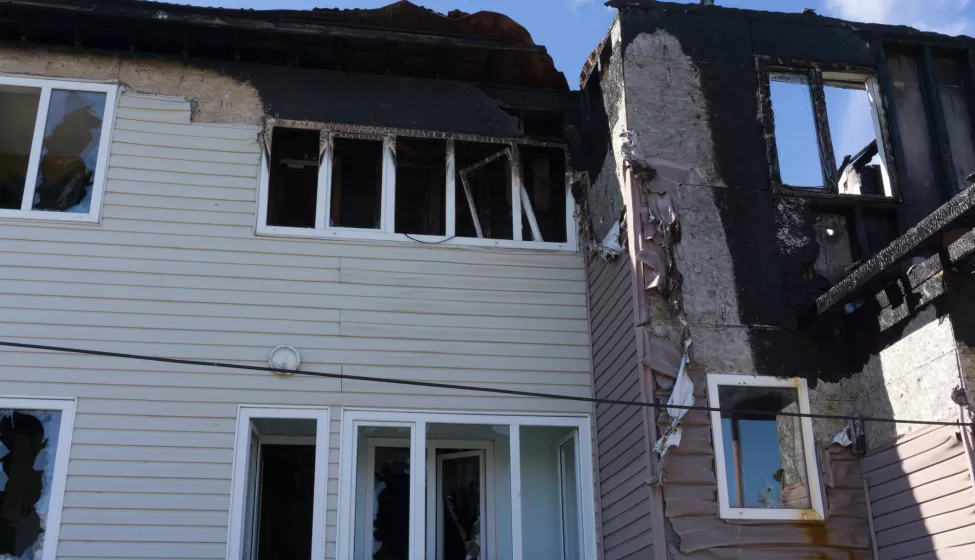May 29, 2025
As global temperatures rise and precipitation patterns change, wildfires are becoming more common and more devastating across the U.S. In California in particular, the number of fire loss claims are increasing in quantity and cost; as a result, insurance premiums are rising, and there is increased need for inspection and assessment of the nature, scope, and extent of repairable damage to buildings that may have been affected but were not consumed by wildfires.
In their paper "Investigation Techniques and Analysis of Damage Patterns in Building Structures Due to Wildfires," Exponent's engineers, Mehrdad Shokrabadi, Lisa Shusto, Jeffrey Hunt, Amir Jokar, and John Osteraas explored various methodologies for assessing damage to building components that could potentially be attributed to wildfires, including visual assessment, non-destructive testing, and destructive testing.
The paper describes the different types of fire-related damage that can be quantified based on visual indicators of building materials and components. For example, when wood exceeds certain temperature, the surface turns black and charred. Exposure of concrete to high temperatures can also lead to visible changes, such as the development of pink/orange hues on its surface and breaking away (spalling) of the surface. These surface observations can indicate the presence or absence of potential underlying damage and can help define the nature and extent of further testing and analysis.
The authors also describe nondestructive testing techniques that can provide a deeper understanding of material properties without impacting structural integrity of the members that are the subject of investigation. Examples include the screw-withdrawal test for wood, which measures the force required to withdraw a screw, indicating relative bending strength. Other methods for concrete include hammer sounding and ultrasonic testing, while visual observations and surface hardness tests are commonly used for steel structures. Destructive testing, on the other hand, involves collecting samples for laboratory analysis to assess possible material degradation due to exposure to high temperatures. This type of testing is typically applied to concrete, where core samples are analyzed to determine the depth of fire impact and possible loss of strength.
Lastly, the authors describe thermal science investigations, which focus on the evaluation of the exterior envelope of structures (e.g., walls and roof), particularly where claims of fire or thermal/heat damage arise without direct flame contact. The thermal science assessment includes visual inspections for signs of irreversible deterioration, deformation, or alteration of materials caused by exposure to relatively high temperatures and excessive heat, as well as thermal analyses of the complete cross section of wall and roof assemblies. The results of such analyses assist in determining the intensity of thermal energy and temperatures reached within the exterior envelope and help define the nature and extent of any fire-related damage.

"Investigation Techniques and Analysis of Damage Patterns in Building Structures Due to Wildfires"
Access the full article with log in here
From the publication: "With over 4.5 million homes in the United States identified as being at risk of damage due to wildfires, there is an ever-increasing need for proper inspection and forensic analyses to investigate the nature, scope, and extent of building damage attributed to wildfires."
Insights






